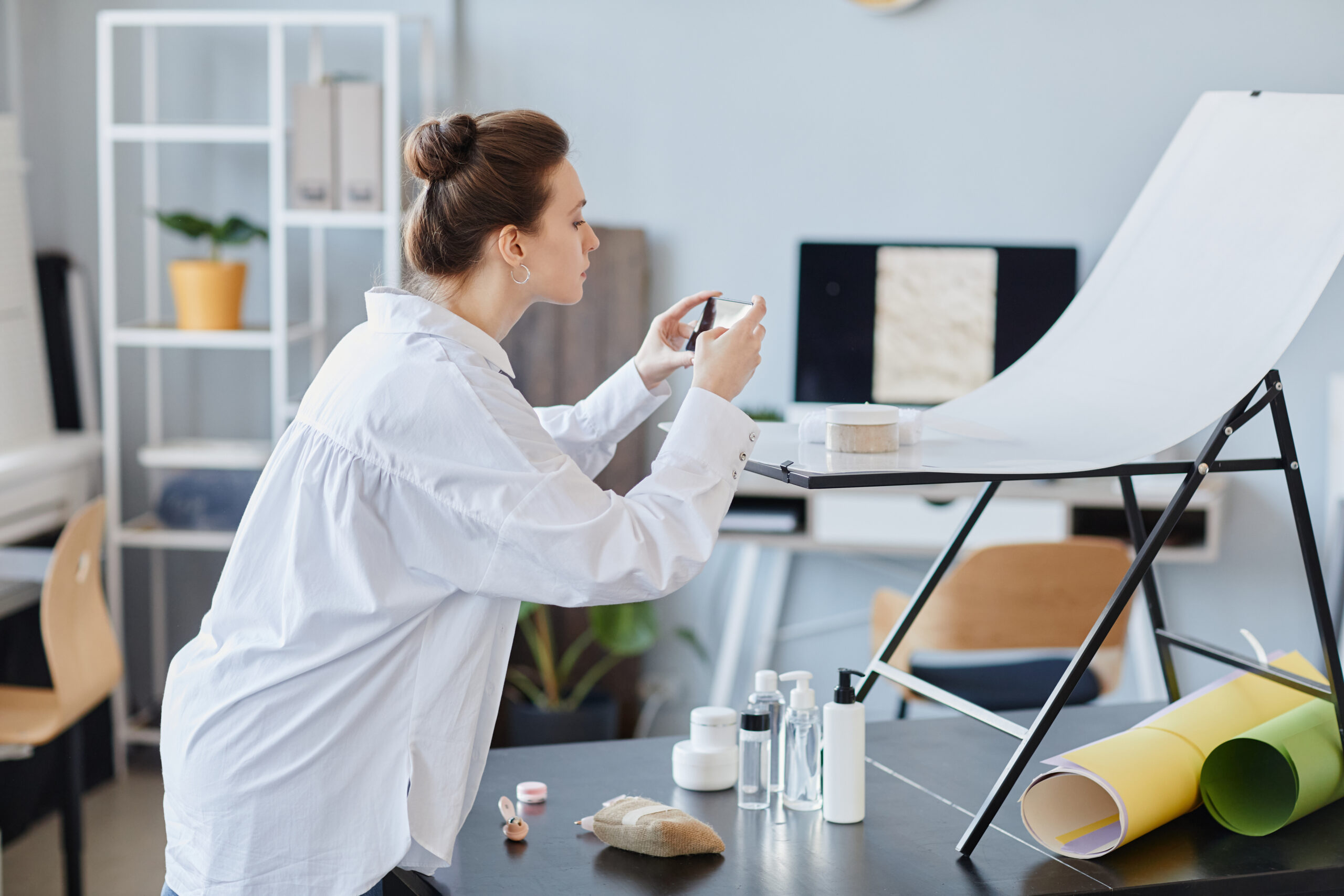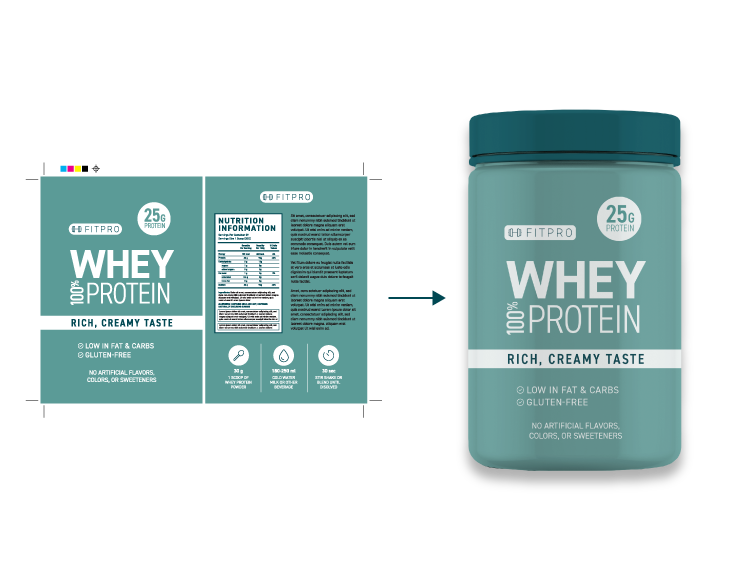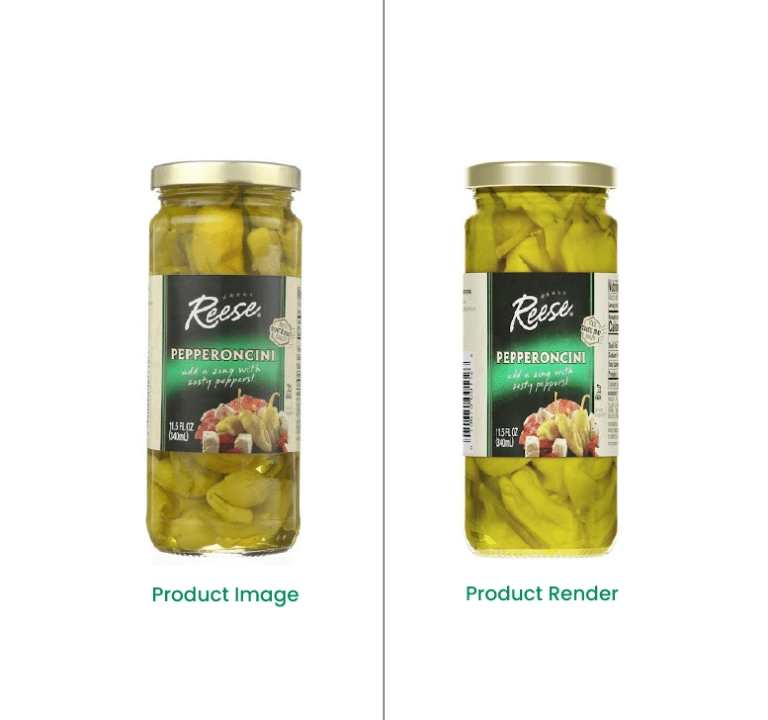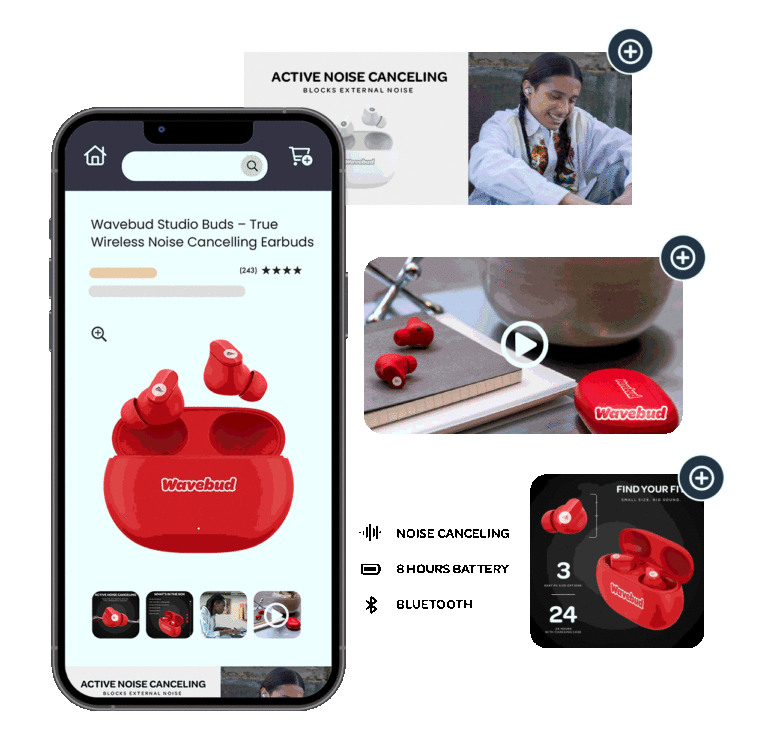How Brands are Utilizing Virtual Photography, 3D and AR to Increase Digital Sales
December 21, 2022
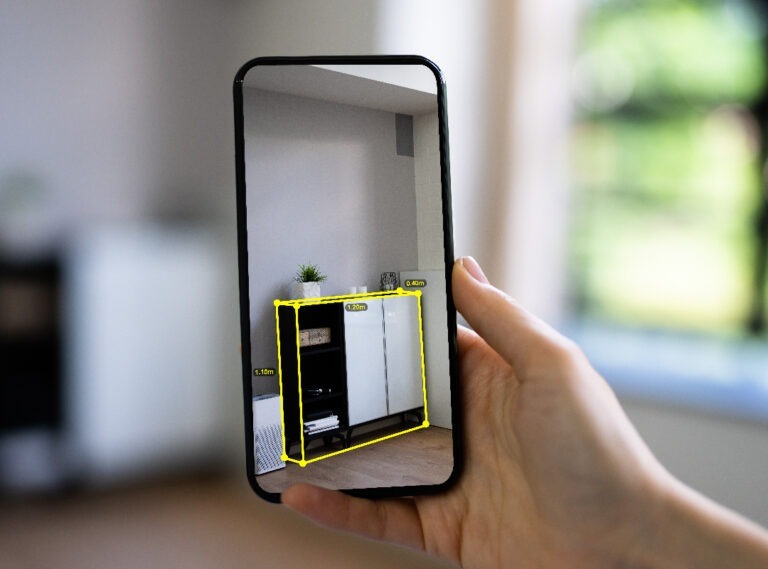
How Brands are Utilizing Virtual Photography, 3D and AR to Increase Digital Sales

We’re bombarded with engaging, captivating content at every turn. And while the e-commerce space requires informative, exceptional content to earn sales, many brands don’t use rich product media to their advantage.
This article explores how brands utilize virtual photography (often referred to as 3D rendered or CGI photography), and Augmented Reality (AR) to increase digital sales –– and how you can too.
Why Enhanced Product Content is Essential for Selling More
Consumer confidence is essential to increasing digital sales. Without in-person product evaluation, shoppers rely on product content and information found through online channels to make an informed purchase decision.
A 2022 survey conducted by 1WorldSync found that in the last 12 months, 69% of U.S. shoppers have purchased items they previously only or mostly ever bought in stores. That number was 87% in 2021. This tells us that in-store shopping is increasing in this post-pandemic landscape.
However, even in-store shopping is not an entirely in-store experience. Ninety percent of shoppers use their phones to look up products while shopping in a physical store at least some of the time. Consumers use their smartphones 49% of the time, on average, while shopping. And they expect a seamless product content experience everywhere they interact with a brand.
Understanding consumer expectations and habits in omnichannel commerce enables brands to position themselves to earn trust and increase their digital sales. Ensuring product content consistency is key to winning the consumer. But successful brands go a step further than supplying consistent, quality content.
Implementing 3D imagery, virtual photography, and AR media empowers brands to rise above consumer expectations and gain a competitive edge that enables them to increase trust, authority, and sales. We dive into the specifics of the ways enhanced media serves e-commerce retailers below.
How 3D, AR, and Virtual Photography Help Brands Win the Digital Shelf
Is implementing enhanced product multimedia worth it? Absolutely. The following five points examine how rich media can bolster digital sales starting now.
1. Differentiate from Competitors
Product content quality and consistency are essential for brands to succeed in omnichannel retail markets, especially on the digital shelf. But much more is required of brands who want to win their market share.
In a recent report by 1WorldSync, our team examined the shopping habits of consumers making big-ticket purchases. Most consumers (52%) research at least four products and 89% visit multiple sites. Twenty-eight percent of consumers visit four or more sites before making their purchase. That means even if your search engine optimization (SEO) puts you at the top of the Search Engine Results Pages (SERPs), consumers still compare your products and pricing with those of your competition.
Enhanced media like 3D, AR, and virtual photography gives brands a competitive advantage when selling to research-focused shoppers. These media options create immersive, engaging experiences that leave consumers wanting more. Sixty percent of shoppers want interactive media, like 3D and AR, in their shopping experiences. And forty-two percent say they’re inclined to pay more for the products that do. On top of those numbers, a 2021 study shows that merchants who add 3D and AR content to their product detail pages (PDPs) see a 94% increase in conversions over products without rich media.
On a digital shelf with limitless competition –– and opportunity –– brands must set themselves apart. And implementing AR, 3D, and virtual photography applications positions them to do so.
2. Provide Personalized Experiences with AR Product Placement
Personalization is critical when selling to today’s consumers. Shoppers don’t only desire personalized experiences, but they’ve come to expect them. AR applications allow consumers to experience a product on their terms before making a purchase.
AR product placement allows your customers to place your product in their space. This interactive experience helps shoppers evaluate the product and be sure of their purchase before clicking “buy now.”
AR applications can be the difference between a customer committing to your product or looking elsewhere to find items that might be a better fit. With virtual product placement, they can know with certainty that your items will meet their expectations, incentivizing them to buy.
3. Real-World Visualization through an Online Shopping Experience
Consumers shop online. And even if they shop in person, they’re conducting product research on their phones to ensure they get the best product at the best price. Digital sales require that brands deliver realistic product representation from a screen.
3D and virtual photography provide real-world visualization in an online shopping experience. Ultra-realistic product images allow customers to view items from all angles, zoom in on intricate details, and “experience” the product before they ever hold it.
Seven out of ten shoppers choose not to buy a product because of poor quality or lack of product content. But 54% of consumers say product multimedia has persuaded them to buy something they didn’t initially think they needed or wanted.
By utilizing rich media, you deliver the experience consumers want and need. All the while, you increase customer satisfaction and loyalty and your digital sales.
4. Explore Product Customization with Virtual Photography
Product photography is essential for digital sales. A shopper will not purchase a product if there’s no image of the item. Virtual photography takes product imagery to the next level by providing brands with low-cost product customization for their e-commerce shops.
Virtual product photography can create an endless volume of photorealistic images from a single design file. Brands utilizing virtual photography can provide shoppers with infinite product combinations without investing the resources for individual product photographs.
Instead of photographing every possible variation of their product or product combination, virtual photography allows customers to piece together various elements to create the product combination they want.
Virtual photography gives brands access to quality imagery that is low cost, manages supply chain issues effectively, and increases speed to market.
5. More Sales, Higher Satisfaction, Fewer Returns
Increased digital sales aren’t the only benefit of implementing enhanced content. Making a sale is the goal, but so is reducing return rates. Brands utilizing virtual photography, 3D media, and AR see more sales and higher customer satisfaction, resulting in fewer returns and higher revenue.
Recent research from 1WorldSync found that 55% of shoppers returned or received a refund for an online purchase in the last 18 months. The most common returns were in the clothing, electronics, and grocery markets.
Fifty-nine percent of those consumers cited inaccurate, misleading, or poor product information on the e-commerce website as the primary cause for their return. Product content quality and type matter before, during, and after the sale.
By implementing rich product content, including virtual photography, 3D imagery, and AR, on your PDPs, you provide the abundance of information consumers want –– and need –– when making an online purchase.
Shoppers expect the basics: accurate specs, descriptions, and information. But when you deliver enhanced product content, you take every possible measure to educate and inform the customer regarding their purchase. Utilizing enhanced media ensures there are no surprises when they open their package. Higher satisfaction upon unboxing leads to fewer returns and a high lifetime customer value that can benefit your business for years.
Partnering with 1WorldSync to Increase Digital Sales
High consumer expectations on an increasingly competitive digital shelf require brands to deliver exceptional product content that enhances the buyer’s experience. Partnering with 1WorldSync for your product content creation, validation, and management ensures your PDPs engage consumers and compel them to purchase.
Connect with our team today to learn how our content solutions can help you increase your digital sales starting now.
